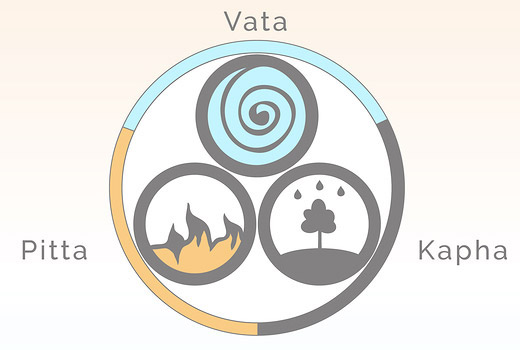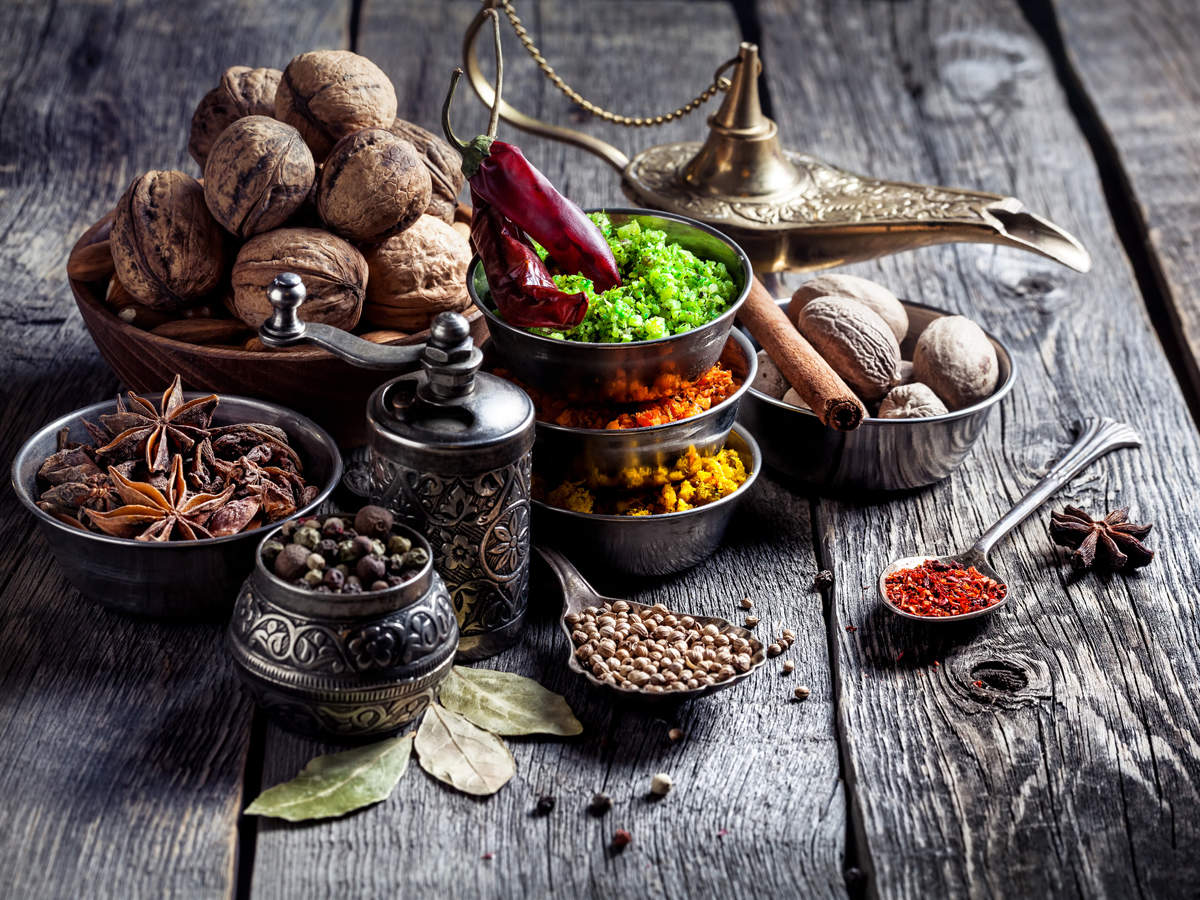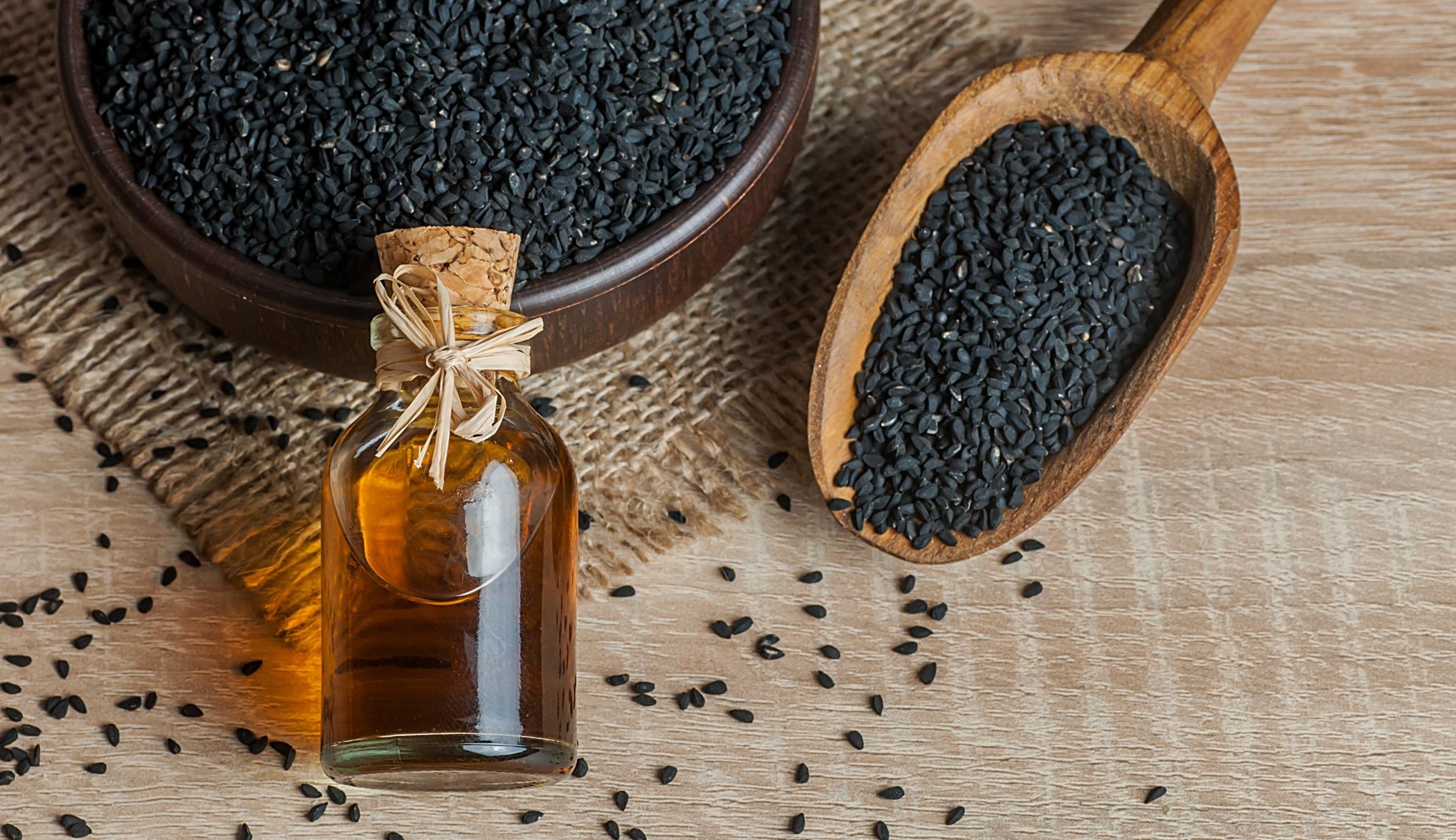Ayurveda: Doshas and Holistic Benefits
Ayurvedic Medicine, or “Ayurveda” for short, is one of the world’s oldest holistic (“whole-body”) healing systems. Ayurveda translates as “knowledge of life.” It dates back 5,000 years to the ancient Sanskrit texts, the Vedas. It is said that Ayurveda is an eternal science that first existed in the universal consciousness (Brahma) before it was passed from the creator to the ancient Indian mystics through meditation.1
Ayurveda is a system of healing that evaluates emotional nature, physical constitution, and spiritual outlook in the context of the universe. Additionally, according to the Ayurveda philosophy, people are born with a specific constitution called the Prakriti, and that all life manifests as three different energies, or doshas, known to be Vada, Pitta, and Kapha. Many people tend to have an abundance of at least one or two doshas, but this can fluctuate according to your environment, diet, age, the climate, and many other factors.2
The Vedas
The Vedas are the most ancient texts known to humankind. Ayurveda, in its written form, was first mentioned in the Vedas. The Vedas told Hinduism’s sacred scriptures and are said to be revelations discovered by sages and seers.4
There are four Vedas – the Rig Veda, Yajur Veda, Sama Veda, and Atharva Veda. They were written in Sanskrit, which is India’s ancient language. The Vedas detail practices in worship, hymns, rituals, mantras, and ways of life.
Atharva Veda is the latest text to be added to the Vedas, compiled around 900 BCE. It holds 20 books and 730 hymns of about 6,000 stanzas.5 Also within this Veda is India’s ancient medical practice systematically outlined.
The Three Doshas
Those who practice Ayurveda believe that every person is made of five elements found in the universe, which are earth, water, fire, space, and air. These elements combine to form three life forces or energies called doshas that control how the human body works. The Vata dosha combines space and air. The Pitta dosha combines fire and water. And the Kapha dosha combines water and earth.
Everyone inherits a unique mix of doshas, but one is usually stronger than the others. Additionally, each dosha controls a different body function. It is believed that one’s chances of getting sick and the health issues one develops are linked to the balance of one’s doshas.
When the doshas are imbalanced, a person’s state becomes what is known as Vikruti, which can manifest in behavioral or physiological symptoms. The doshas can also affect an individual’s personality and temperament. The concept of Prakriti defines a person’s dosha composition and suggests that each person has a combination of the three doshas.
The doshas can manifest in three states:
- Equilibrium is the ideal state when the doshas are in natural proportions to each other.
- The increased state is when one of the doshas is greater than the others.
- Lastly, the decreased state happens when one of the doshas is lesser than the others or depleted.

Source: The Ayurvedic Institute
Vata Dosha
According to Ayurveda, the Vata dosha is the most powerful of the three. It controls many basic body functions, such as cell division and cell signaling.6 The Vata dosha is also in charge of the mind, breathing, blood flow, heart function, and the ability to get rid of waste through the intestines. One can disrupt the Vata dosha by staying up too late and eating too soon after a meal. The Vata dosha is known to promote a healthy balance between thought and emotion while fueling creativity.
If Vata dosha is your main life force, then you may be more likely to develop:
- Anxiety
- Heart disease
- Skin issues
- Asthma
- Rheumatoid arthritis
Pitta Dosha
The Pitta dosha controls metabolism, digestion, and hormones that are linked to appetite. Eating spicy or sour food and spending too much time in the sunlight can disrupt this energy. The Pitta dosha is believed to add luster to the hair, eyes, and skin.
If Pitta dosha is your main life force, then you may be more susceptible to:
- Heart disease
- Crohn’s disease
- High blood pressure
- Infections
Kapha Dosha
Muscle growth, body strength and stability, weight, and the immune system are controlled by the Kapha dosha. One can disrupt this energy by eating too many sweets, sleeping during the day, and intaking too much salt. The Kapha dosha promotes positive emotions like love, empathy, understanding, and forgiveness.
Practitioners believe that if the Kapha dosha is your main life force, then you may be prone to develop:
- Nausea after eating
- Obesity
- Cancer
- Diabetes
- Asthma
Bi-Doshic and Tri-Doshic
When an individual is bi-doshic, s/he shares qualities equally with two doshic types. The best way to manage bi-doshic Prakriti is by the season. For example, for Vata-Pitta Prakriti, during autumn, which is Vata season, one would follow a Vata-decreasing routine.
Tri-doshic means that an individual has equal amounts of each dosha. A tri-doshic person is usually very strong, adaptable, and stable when in balance. However, they s/he can experience poor health when out of balance. During these occasions of imbalance, a person can adopt practices to counterbalance negative dietary, emotional, or environmental influences. For example, in autumn, a tri-doshic person would act as if they have a Vata constitution and follow a Vata balancing lifestyle.
To learn more about dosha seasons and lifestyles, click here.
Branches of Ayurveda
In Ayurvedic medicine, 8 different components encompass the body’s holistic system. These 8 branches explain various bodily functions and how to prevent and cure diseases:
- Kayachikitsa (internal medicine): Addresses treatment for the whole body with a focus on the digestive system and metabolism. Procedures can be executed internally or externally. An Ayurvedic practitioner may prescribe medications to be taken orally or topically in the form of oils, lotions, and creams.
- Baala Chikitsa (treatment for children): Addresses diseases and ailments that manifest in children but also focuses on pre and postnatal care. Treatments may differ as children cannot always articulate their symptoms. However, medicine prescribed is usually pleasant tasting.
- Graha Chikitsa (psychiatry): Focuses on problems or diseases of the mind. Some treatments under this branch include herbs, dietary recommendations, deep breathing, yoga, and Mantra Chikitsa, which involves chanting mantras.
- Urdhyaanga Chikitsa (upper body): Focuses on health and issues of the upper body, such as the eyes, nose, ears, and throat.
- Shalyaroga Chikitsa (surgery): Focuses on surgical procedures and describes surgical instruments such as scalpels and scissors.
- Damstra Chikitsa (toxicology): Focuses on the study and remedy of toxins within the body, along with poisons in food and the environment.
- Jara Chikitsa (geriatric): Addresses care of the elderly and focuses on treating illnesses brought on by old age. Therapies include strength, memory, longevity, and rejuvenation.
- Vajjikaran Chikitsa (reproduction health): Focuses on sexual health and the treatment of many reproductive issues, such as infertility and the lack of essential fluids.
Benefits of Ayurveda
Ayurveda is known as the “Sister Science” to yoga, because both share a common goal, which is to eradicate pain and misery. In Ayurvedic practices, the mind and body not only influence one another but are each other. Ayurvedic studies strive to reconnect us with the energetic consciousness of our true nature. Within this realm of consciousness, everything exists, and anything is possible.
One of the main beliefs of Ayurveda is that the food we eat affects our wellbeing. For example, food can instill a sense of energy and vitality or lethargy and depletion. This is known as the Sattvic approach. Sattvic translates to “pure essence” in Sanskrit and is a diet based on foods that are recommended within Ayurveda. It is one of the purest diets adopted to support optimal wellbeing. The Sattvic diet is designed to be holistic, meaning that it nurtures the mind and the body. It is high in fiber, low fat, and vegetarian. Foods on the Sattvic diet include fruits, juices, sprouted grains, fats, oils, legumes, nuts, seeds, and more.
Practitioners look to Ayurveda for a multitude of other wellness considerations:
- Encouraging self-love. Ayurveda motivates learning and understanding one’s own uniqueness while teaching about the discovery of one’s own individual needs.
- Balancing holistic health with environment. Ayurveda beliefs revolve around the concept that being healthy is a human’s natural state. When a human and his/her environment are in balance, then that human has achieved optimal health, and vice versa.
- Reducing stress. Ayurveda teaches mindfulness which can help to reduce anxiety and stress. Following an Ayurvedic diet and cleansing the mind with meditation or yoga can improve ones sense of inner peace.
- Managing diet and digestion. Food influences how one feels. Eating for ones dosha can enhance digestive triggers of physical and emotional wellness. Foods eaten at certain times of the day can optimize toxin elimination.
- Enhancing spirituality. Ayurveda reinforces the belief that we are much deeper than our skin. We are spirits that embody the elements, and we can reap health benefits when our minds, bodies, and souls are in balance.
DIY Ayurveda
Dinacharya plays a major role in Ayurvedic practice. The word Dina translates to “day,” while Charya means to “follow a routine.” According to Ayurveda, certain rituals performed in the morning make for a positive start for the day. These rituals help improve one’s health and one’s appearance, they help keep the body and mind cleansed, and they support high energy levels. Additionally, morning Dinacharya rituals can help eliminate the Ama, or toxins, from your body, for improved health and more radiant hair, skin, and nails.
After consulting with your Ayurvedic practitioner, also known as a Vaidya, you can consider adding these Dinacharya rituals to your morning routine:
- Wake before sunrise, this is the time when positive energy is at its peak. This is usually easier for a Vata person, but with time, everyone can adjust their body to waking up a bit earlier in the morning.
- Try cleansing your bladder with a warm glass of water that has a dollop of honey and a squeeze of lime. This will help eliminate the build-up of nightly toxins.
- Don’t eat or drink anything without brushing your teeth and cleaning your tongue first. This will help remove the Ama that accumulates through the night, and it can also help get rid of pesky morning breath.
- Massage your skin with oils that are suited for your dosha. Once you’ve chosen the recommended oils for your dosha, warm the oil, then gently but firmly massage the oil over your body. Pay extra attention to the soles of your feet, as they contain nerve endings that are connected to important conjunctions of life force energy.
- Eat a light and healthy breakfast. According to Ayurveda, no single meal is more important than the others, but a healthy breakfast between 6 and 8 AM can help you step into your day happily.
Ayurvedic Professionals Know Best
You should always seek the advice of an Ayurvedic professional before adopting Ayurvedic practices into your routine. The Vaidya can help design a treatment plan that is specifically customized for you by taking into account your doshas, your primary life force, and your unique physical and emotional constitution. Ayurvedic practitioners go through extensive training to provide you with the utmost knowledge to help balance your doshas and optimize your health.
If you’re having trouble finding an Ayurvedic professional, try plugging your information in here to be matched with one near you.
If you’d like to learn about the Ayurvedic herbs in Humanist Beauty Herban Wisdom Facial Oil, visit our Ingredient Glossary.
—
References:
http://www.tkdl.res.in/tkdl/langdefault/ayurveda/Ayu_Principles.asp?GL=#q6 [1] [3]
https://www.ncbi.nlm.nih.gov/pmc/articles/PMC3215408/ [2]
ry%20of%20Vata,activities%20of%20Kapha%20and%20Pitta. [6]








